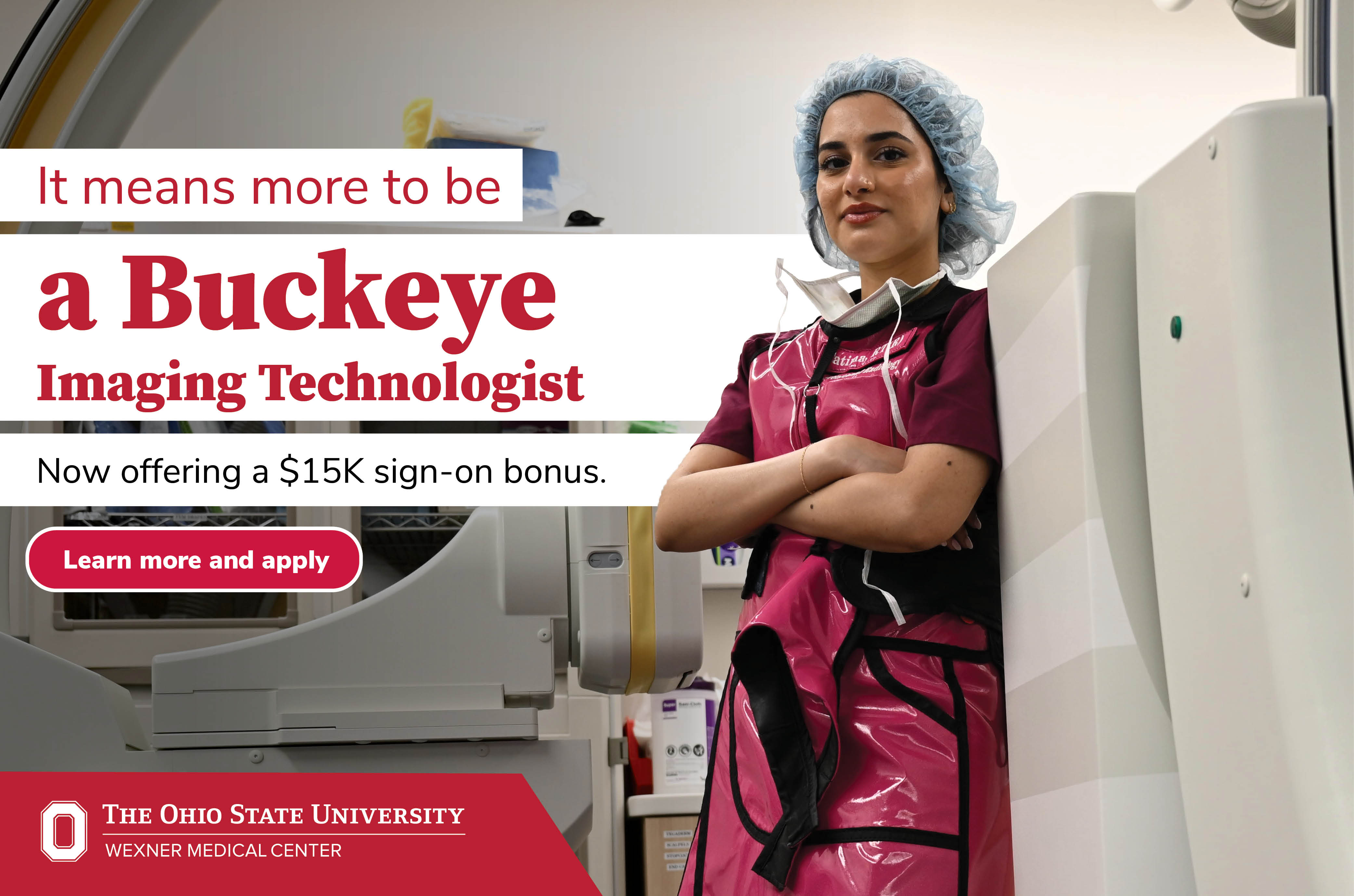Yesterday (Thursday, June 8, 2023), representatives from the OSRT provided testimony in opposition to a proposed amendment to Ohio Senate Substitution of H.B. 33 (state budget bill) in front of the Ohio Senate Finance Committee. This amendment would weaken supervision requirements for General X-ray Machine Operators (GXMO's). The OSRT believes this change would be detrimental to Ohio's standard of care for patients undergoing X-ray examinations. Last month, OSRT members met with several legislators and their staffs to discuss this same amendment.
The broadcast of the testimony provided by Junior Board Chair, Dr. Julie Gill can be found here or you can read the testimony below.
Opponent Testimony
Chairman Dolan, Vice-Chair Cirino, Ranking Member Sykes and members of the Senate Finance Committee, I am Dr. Julie Gill, Junior Chair of The Ohio Society of Radiologic Technologists’ Board of Directors. Thank you for the opportunity to testify on the Senate Substitution Bill of House Bill 33. The Ohio Society of Radiologic Technologists (OSRT) is a non-profit professional organization representing Ohio medical imaging and radiologic science personnel. Our mission is to advocate for radiologic technologists by advancing professional practice to enhance patient care.
The OSRT has not taken a position on HB 33 as a whole but we do oppose an amendment that was added to the bill which would weaken supervision requirements for General X-ray Machine Operators (GXMOs). Currently, direct supervision by a Licensed Practitioner is required for GXMOs, and this amendment would weaken that supervision requirement to that of for general supervision.
The OSRT believes that this weakening in supervision requirements for the GXMO would be detrimental to the standard of care for patients undergoing x-ray examinations for the following reasons:
- GXMOs have limited education and training in diagnostic imaging and clinical practices which includes radiologic patient care, radiation protection, radiation biology, and radiologic procedure patient positioning. There is currently no minimum hourly requirement for didactic or clinical education for the GXMO, with many completing their didactic education in one weekend and their clinical education in one afternoon. Conversely, radiologic technologists must complete a minimum of an associate degree program of at least 65 semester credit hours with most students completing a minimum of 1,000 clinical practicum hours. To quantify my point related to the limited education for the GXMO, there are 60 questions on the GXMO licensing exam, and an applicant can fail 58% of questions related to radiation protection and still pass the exam and be given a license.
- Currently, there are over14,000 nationally certified and state licensed radiologic technologists and fewer than 700 state licensed GXMOs practicing in Ohio. Thus, this is NOT a workforce issue, but rather a patient care and safety issue.
- A weakened supervision requirement for the licensed GXMO without the ability for all interested parties to testify or debate this issue would negatively impact the quality of patient care and degrade the profession of medical imaging.
The OSRT believes that an issue of this magnitude should be fully vetted in a stand-alone bill that progresses through the routine legislative process, not as an amendment within the extremely large budget bill, as this is NOT a budget issue. The quality of patient care is important enough to let all stakeholders and constituents be heard.
To be clear, Ohio has been a leader in radiation safety issues, and this proposed change does not align with our state’s strong history of providing quality patient care. Thus, we urge you to delete this provision from the Senate Substitution of House Bill 33 and continue to protect Ohio’s citizens from inferior healthcare!
Thank you again and we would be happy to answer any questions that the committee may have at this time.





